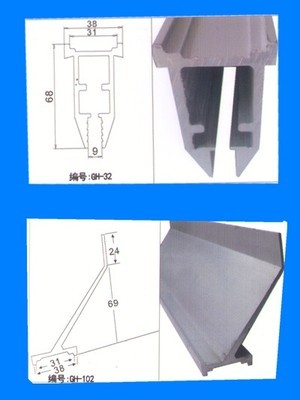In screen printing, squeegee pressure, printing speed, and squeegee hardness are by no means three isolated parameters, but rather an interconnected and interdependent "dynamic triangle." Viewing these parameters as a synergistic system, rather than independent scales, and mastering the relationships between them is the key to moving beyond blind trial-and-error, achieving precise control, and ultimately obtaining perfect prints.

1. Squeegee Pressure: The "Driving Force" for Ink Transfer.
It ensures full contact between the screen and the substrate, forcing ink through the mesh. When pressure is too low, ink transfer is incomplete, resulting in残缺 (broken) prints and faint color. Conversely, when too high, it causes premature screen wear, image distortion, screen stretching, or even rupture.
2. Printing Speed: The "Conductor" of Production Rhythm and Ink Leveling.
It determines how fast the squeegee blades across the screen, affecting ink filling and separation. When speed is too slow, ink bleeding leads to blurred edges and low production efficiency. Conversely, when too fast, insufficient ink transfer results in faint prints and can cause bubbles or stringing.
3. Squeegee Hardness: The "Adapter" for Different Substrates and Precision Levels.
It affects the degree of squeegee deformation under pressure, thereby changing the contact area and angle with the screen. When hardness is too high (e.g., 85°-90°), the contact area is small, and pressure is concentrated, suitable for flat, hard materials, and high-precision printing. Conversely, when too soft (e.g., 60°-65°), the contact area is large, and pressure is dispersed, suitable for curved, uneven, or soft materials.
The real skill lies in understanding how a change in one parameter affects the others and requires compensatory adjustments.
1. The "Game" Between Speed and Pressure
When you need to increase production speed (Speed↑), the faster speed shortens the contact time between the squeegee and the screen, potentially leading to insufficient ink filling and transfer. The synergistic adjustment is to moderately increase pressure (Pressure↑) to compensate for the loss of ink transfer force due to the increased speed, ensuring the print remains full. Conversely, when reducing speed, consider slightly decreasing pressure to avoid over-squeezing.
2. The "Complementarity" Between Hardness and Pressure
When switching from printing on glass (hard) to printing on T-shirts (soft), you need to change to a softer squeegee (Hardness↓). However, a soft squeegee deforms more under the same pressure, increasing the contact area and reducing the actual pressure, potentially transferring too thick an ink layer. The synergistic adjustment after changing to a soft squeegee is usually to appropriately increase pressure (Pressure↑) to maintain sufficient pressure and ensure the ink is "squeezed" out. Conversely, when changing to a hard squeegee, usually decrease the pressure to avoid excessive pressure.
3. The "Indirect Relationship" Between Hardness and Speed
Squeegee hardness primarily relates to speed by affecting the actual contact state. Soft squeegees can have unstable deformation at high speeds, affecting print consistency, thus they are generally more suitable for medium to low speeds. Hard squeegees can maintain a stable contact line at high speeds, making them ideal for high-speed, precision printing.
In practice, please follow these steps for synergistic adjustment:
1. Define the Base: First, determine the most suitable squeegee hardness based on the substrate shape and material. (This is the starting point for adjustment).
2. Find the Starting Point: Start testing at a low speed with a medium pressure.
3. Adjust the Balance: If the print is faint, prioritize fine-tuning by increasing the pressure; if smearing or distortion occurs, decrease the pressure. After adjusting the pressure until the print is clear and full, then gradually increase the speed.
4. Re-synergize: After increasing the speed, observe the print. If it becomes lighter or incomplete, slightly increase the pressure again for compensation. If all is well, you have reached the optimal "speed-pressure" balance point for that hardness.
5. Validate: Conduct a small batch trial production to confirm whether the combination of pressure and hardness is stable and reliable at different speeds.
Do not ask isolated questions like "What should the squeegee pressure be set to?" or "What should the printing speed be set to?" because the art of excellent printing lies not in pursuing the extreme of any single parameter, but in mastering the exquisite balancing act between squeegee pressure, printing speed, and squeegee hardness. Moving from isolated settings to synergistic thinking is the necessary path for an operator to evolve into a master craftsman.
Contact: Bruce Lee
Phone: 13714371086
Email: hnlyxiaolong@163.com
Add: Room 203, 2nd Floor, Building 1, Yongshengfa Technology Park, No. 28 Daxing Road, Dalingshan Town, Dongguan City, Guangdong Province, China